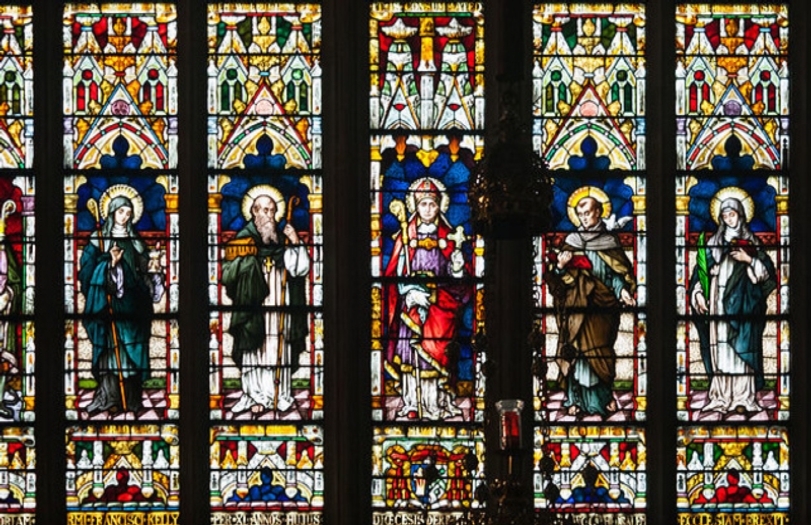A New Shrine for Dymphna
For centuries people were prepared to travel to distant holy places to cure their illnesses and to find answers for inexplicable traits. As such, pilgrimage to the shrine of a saint was common practice.
Often the saint’s cause of death is the body part he or she provides help for, linking health and religious belief. In contrast, mental health has been hidden from society for centuries, as was the case among saints.
The Story of Dymphna
One of the few saints who was recognized for their relationship with the mind was St Dymphna, patron of the mentally ill. Dymphna’s father was a wicked pagan king, who wanted to marry his daughter because of her resemblance to his late wife. Dymphna had devoted her life to Christ, so she fled from Ireland and ultimately settled in Geel in Belgium. Devout as she was she started caring for the mentally ill, building a hospice for the poor and sick. The village of Geel has since been a place of pilgrimage and a hotspot for psychiatric care. Pilgrims who were left behind were adopted in the local community, providing them with the benefits of family life.
This – at the time – revolutionary attitude towards psychological illness, is now more widespread. Although still taboo, mental health recently became more of an open topic to talk and write about. Quay Place in Ipswich is an example of how we now care for those who seek a place to reinvigorate their mind. The late medieval flint church is open for everyone, offering a diverse spectrum of activities to complement everyday life.
Quay Place and the Story of Mental Health
In Quay Place we see well integrated new built features, forming a unity with the historic church. Contemporary mental health care works towards better integrating in the demands of our everyday life. Quay Place is a pioneer in the contemporary collaboration between mental wellbeing and the built environment. As with Dympha in Geel, the relationship between mind and heritage is nothing new, as the church provided a sanctuary of peace in its monumental buildings, many of which still stand today. St Mary-at-the-Quay has served its community for centuries and now with its recent regeneration will continue to play an important role in the town.
Wouter van Hest - Conference Assistant
Does the interplay between our historic built environment and mental health pique your interest? Quay Place hosts the international Health & Heritage conference in March 2017, in partnership with Suffolk Mind and Future for Religious Heritage. For more information visit the conference page.
Stained glass image: St. Eugene's Cathedral, Derry, County Derry, Northern Ireland

